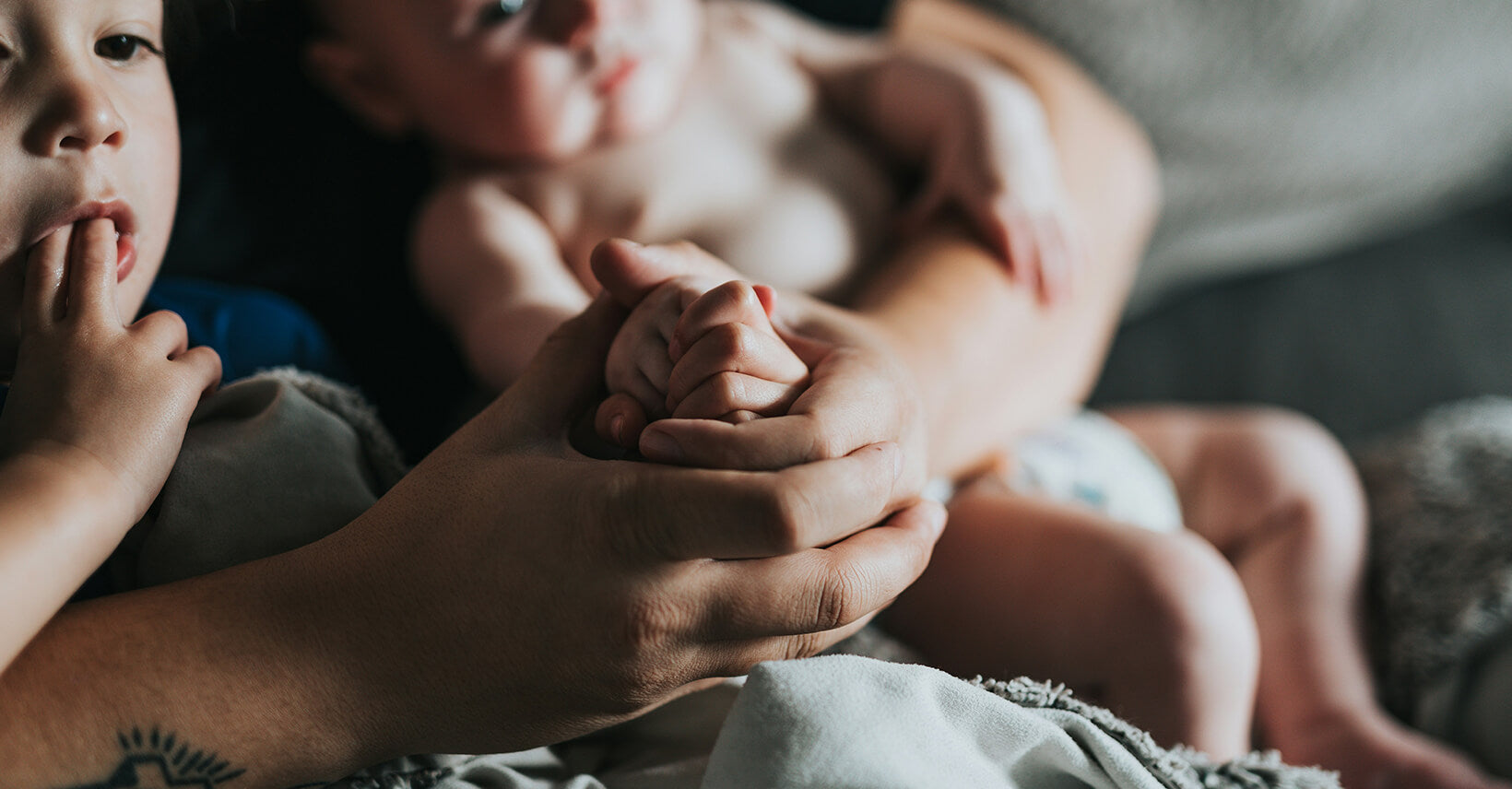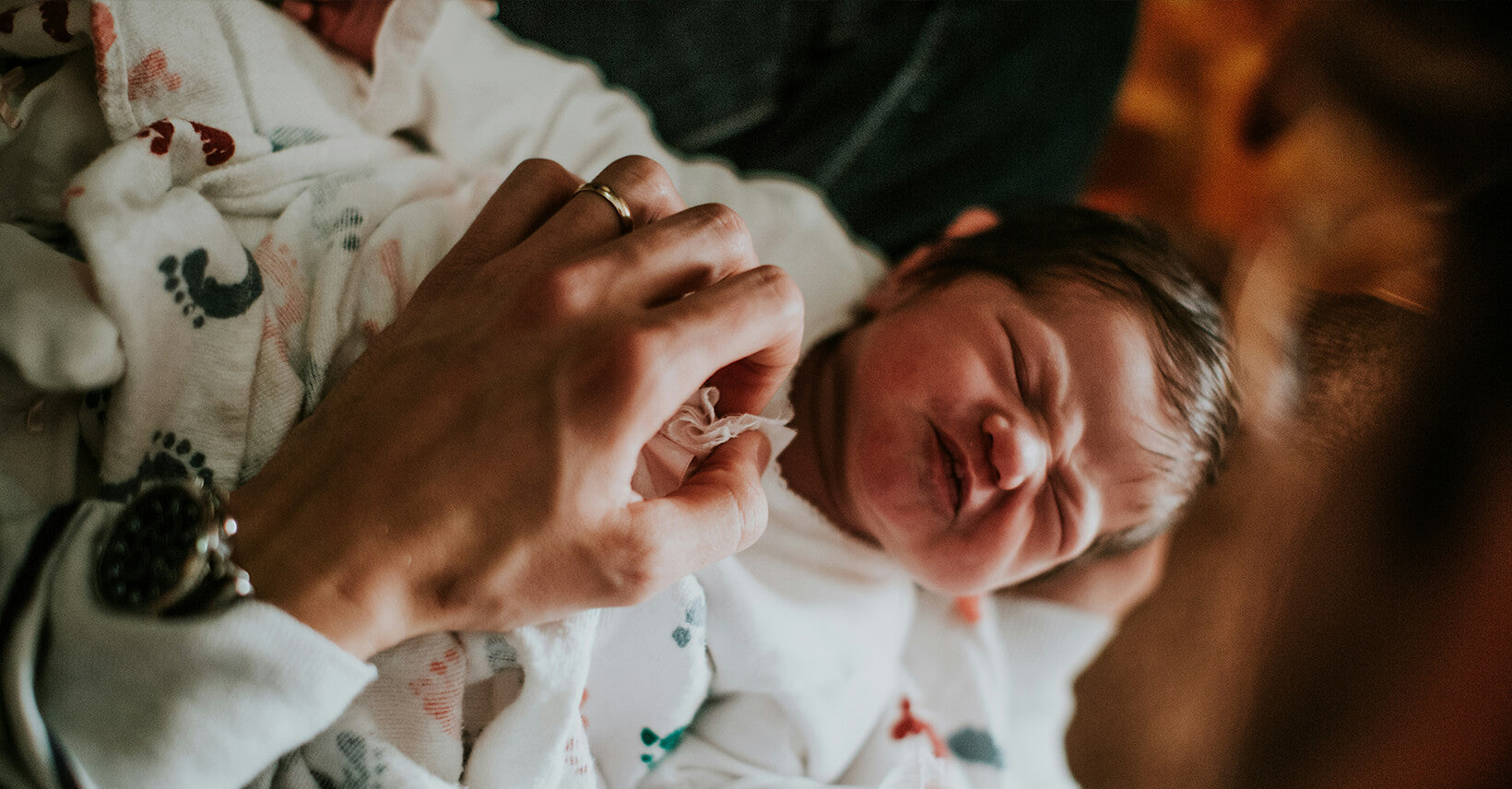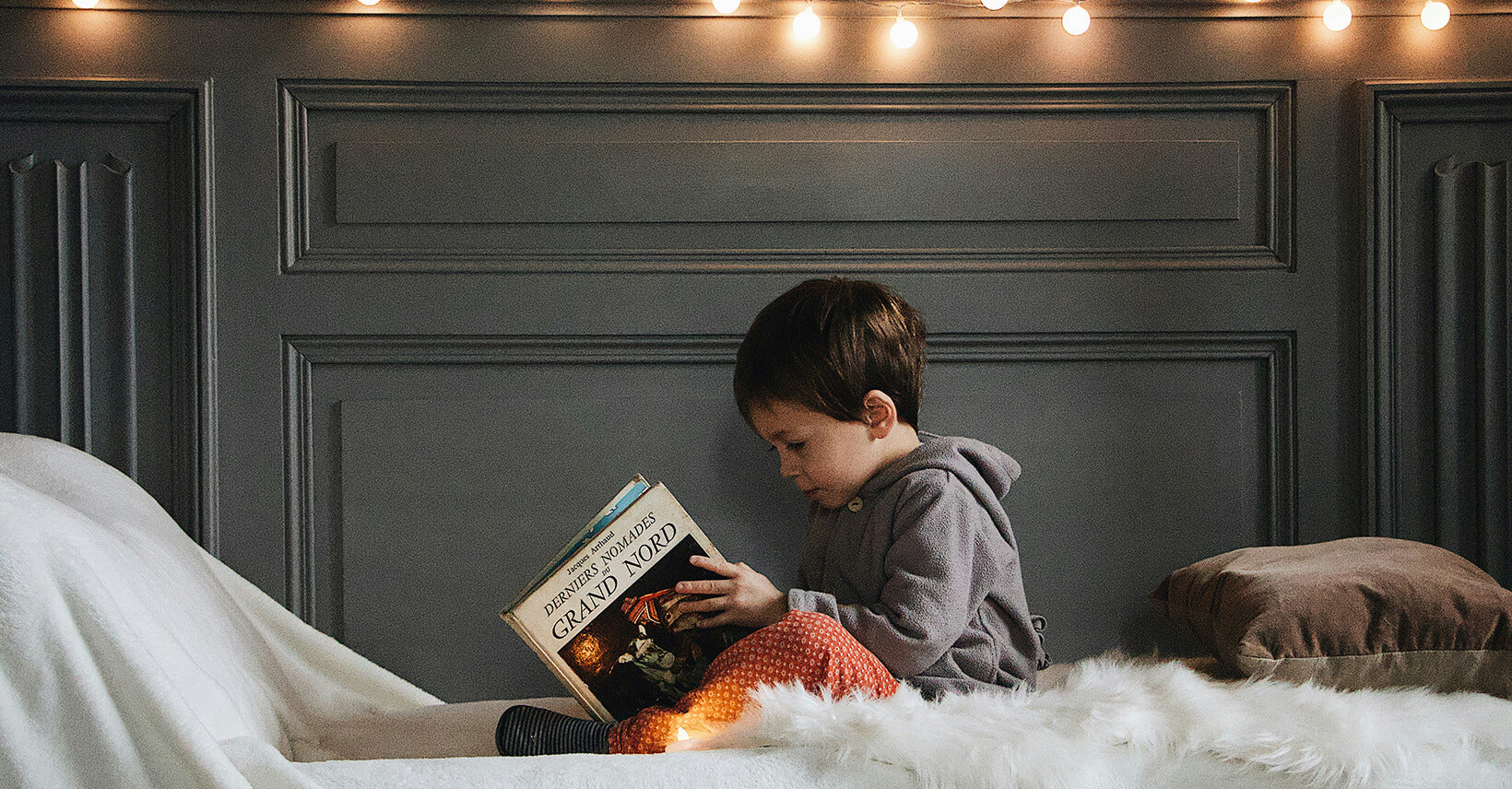
Signs Your Toddler Is Not Ready For a Bed
Have you been thinking about transitioning your baby from a crib to a bed? It's an important step in their development, but it's vital to make sure they're ready. Not all toddlers are ready for this transition at the same time. Parents should recognize the signs that they may not be ready can save you and your baby from unnecessary stress. Let's explore some of the common signs that your baby may not be ready for a bed change.
- Signs your toddler is not ready for a bed
- Sleeping issues that may affect the toddlers if they are not ready for a bed?
- When the toddler can be ready for bed?
- Signs your toddler is ready for a bed
- Conclusion
Signs your toddler is not ready for a bed
Here are some signs that your toddler may not be ready for a bed:
Climbing out of the crib frequently:
If your baby is constantly trying to climb out of the crib, it may indicate that they don't yet understand or respect the boundaries needed to sleep in bed. Climbing out of the crib can be a safety hazard and also indicates that your baby may not be ready to stay in bed at bedtime.
Climbing out of the crib not only puts your baby at risk of injury but also demonstrates a lack of understanding of the boundaries of bedtime. Toddlers who try to climb out of their cribs may not be able to understand the concept of staying in bed at bedtime, which can lead to bedtime struggles and disturbed sleep patterns.
Difficulty staying in one place at bedtime:
Some toddlers have difficulty staying in one place at bedtime, which can make transitioning to a bed challenging. Without the confines of a crib, they may have trouble settling down and staying on the bed all night. toddlers may feel restless, leading to frequent tossing and turning throughout the night. This restlessness can affect their ability to fall asleep and stay asleep, which can affect their overall sleep quality.
Likes to roam around the room or house:
If your baby tends to wander around the room or house after getting out of bed, this is a sign that they may not be ready to adjust to the freedom of sleeping in bed. This behavior may be disruptive to their sleep routine and may also indicate that they are not ready for the transition.
History of night or sleepwalking:
Some toddlers have a history of night or sleepwalking, which can pose a safety issue if they are not confined to a crib. If your toddler has a tendency to wander or walk around while sleeping, it may be safer for them to sleep in a crib. If your toddler has a history of these behaviors, transitioning them to a bed without proper precautions could increase the risk of accidents or injuries during sleep.
Expressing anxiety or resistance to the bed:
Whether or not your baby is emotionally ready to transition to the crib is just as important as whether or not they are physically ready to transition to the bed. If your baby expresses anxiety or resistance to the bed instead of the bassinet, it may indicate that they are not emotionally ready for the change. It's important to consider their feelings and address any concerns they may have before making the transition.

Rely on the safety and comfort of a crib:
For some toddlers, the enclosed space of a crib provides a sense of security and comfort that they may still need to sleep soundly through the night. If your toddler shows a strong attachment to the crib and has trouble sleeping away from it, it may indicate that they are not ready to transition to the bed.
Frequent falling or rolling out of bed during sleep:
If your baby has a habit of falling out of bed or rolling out of bed while sleeping, it indicates a lack of awareness of where their body is without the protection of the sides of the crib. This behavior can be dangerous and may indicate that your toddler is not ready to sleep in a bed without supervision or safety measures.
Resisting changes to bedtime routines:
If your toddler shows resistance or is upset when you change their bedtime routine in order to transition them to bed, it may indicate that they are not ready for the change. Toddlers thrive on consistency and familiarity, so any disruption to their established routine can lead to bedtime struggles and sleep disruption.
Sleeping issues that may affect the toddlers if they are not ready for a bed?
Yes, some sleep problems can affect you if your toddlers are not ready for bed. These problems can be caused by a premature transition from crib to bed, which can disrupt your toddler's sleep patterns and overall sleep quality. Some potential sleep problems include:
Difficulty falling asleep:
Toddlers who aren't ready for bed may have trouble falling asleep without the familiarity and security of a crib. Difficulty falling asleep can lead to bedtime arguments and prolonged irritability.
Frequent night wakings:
Transitioning to a crib too soon may lead to frequent night wakings as your toddler adjusts to a new sleep environment. Without the confines of a crib, the toddler may feel more freedom to get out of bed, leading to disrupted sleep patterns throughout the night.
Increased anxiety or nighttime fears:
Toddlers who are not emotionally ready to transition to a bed may have increased anxiety or nighttime fears. The absence of a familiar crib environment may make them feel vulnerable or insecure, leading to anxiety at bedtime and throughout the night.
Safety:
Sleeping in a bed without crib safety features, such as high sides or crib rails, poses a safety risk to toddlers whose development is not yet ready to transition. Falling out of bed or getting caught between the bed and the wall are potential hazards that can cause injury during sleep.
Impact on family sleep:
Young toddlers who are not ready for bed may experience frequent sleep disruptions, which can also affect the quality of sleep for other family members. Bedtime arguments, night wakings, and sleep disturbances can affect the quality of sleep for the whole family.
Sleep regression:
Putting toddlers to bed too early can sometimes lead to regression in their previously established sleep habits. This regression may be characterized by difficulty falling asleep independently, more night wakings, or resistance to bedtime routines. At this time, you may need some strategies to tackle baby sleep regression:
6 Effective Strategies to Tackle Baby Sleep Regression
Addressing these potential sleep problems requires careful consideration of the toddler's readiness for the transition and understanding what a toddler’s sleep needs are. It is important to approach this transition with patience and understanding to ensure that the toddler feels safe and comfortable in his or her new sleep environment.
When the toddler can be ready for bed?
Toddlers are ready for bed when they demonstrate a combination of physical, developmental, and emotional indicators. There is no specific age for each toddler, most toddlers are usually ready to transition from a crib to a bed between the ages of 2 and 3.
Signs your toddler is ready for a bed
However, the ready time for transiting to the bed of every toddler is different, so it is necessary to check each toddler individually. Here are some signs that a toddler may be ready for a bed:
Physical ability:
Toddlers should have the physical ability to get in and out of bed independently. This includes the ability to climb in and out of bed without assistance and sufficient coordination to prevent falls during sleep.
Developmental milestones:
Toddlers should understand bedtime routines and boundaries. They should be able to follow simple instructions and understand the concept of staying in bed at bedtime.
Emotional readiness:
Toddlers should feel comfortable and secure in a sleeping bed rather than a bassinet. They should not show significant anxiety or resistance to the transition and should be able to acceptable with changes in their sleep environment.
Interest in the bed:
Some toddlers will be interested in the bed or be excited about leaving the crib. This interest indicates that they are ready for the change and are open to a new sleep environment.
Safety awareness:
Toddlers should be aware of basic safety rules, such as staying in bed at bedtime, avoiding jumping on the bed, and not playing with potentially dangerous objects in the bedroom.
Stable sleep patterns:
Toddlers who have established a stable sleep pattern and slept well in their crib may be better suited to transition to a bed. Babies who are sleep with baby sleep sacks always can sleep soundly. This indicates that they have developed healthy sleep habits and are better able to adjust to the change.
When you are making the decision to transition your toddler to a bed, you should consider all of these readiness indicators and carefully consider your toddler's individual needs and preferences. It is important to make the transition gradually to ensure that the toddler feels safe and comfortable in the new sleep environment.
Conclusion
In conclusion, recognizing the signs that a toddler may not be ready for bed is critical to ensuring a smooth and successful transition.
By observing their behavior and considering factors such as physical readiness, developmental milestones, and emotional well-being, parents can make informed decisions about when to transition from crib to bed.
It is important to approach the transition with patience and understanding, taking into account your toddler's individual needs and preferences. By providing support and guidance throughout the process, parents can help their toddlers adjust to their new sleep environment comfortably and confidently.

Yujia Shi
An expert in sleep sack design, is a valued contributor to Kaiya Baby's blog. With a strong background in baby sleep bags and maternal care, she is highly regarded for her professionalism. Yujia Shi prioritizes baby comfort and safety in her designs, using high-quality materials. Her insightful articles on sleep bags have been featured in reputable publications and have gained a significant readership. Trust Yujia Shi to help you create a comfortable and safe sleep environment for your baby, backed by her proven track record in the industry.



Leave a comment
This site is protected by reCAPTCHA and the Google Privacy Policy and Terms of Service apply.